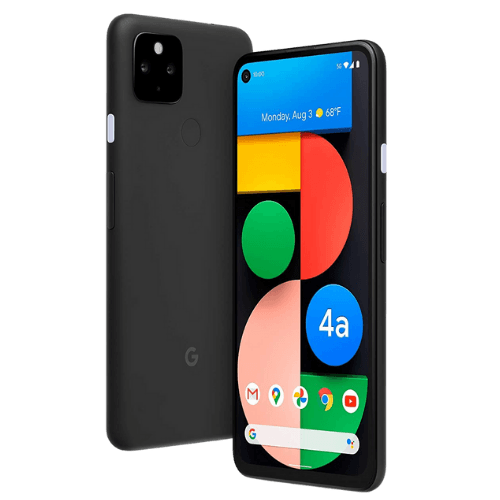Google Pixel 4a review

-
- Battery Score
3.5
- Camera Score
4
- Design Score
3.5
- Performance Score
4
- Battery Score
3.5
Summary
Quick verdict: Google's cheaper Pixel phone has a serious update under its simple looking frame, and it leads to what is simply one of the best mid-range phones right now.
- Better night photography than similarly priced phones
- Decent storage
- Has a headphone jack
- Plastic body
- No wireless charging
- Average battery life
Details
Pricing & Availability
| RRP | $0 |
| Launch date | 2020-09 |
When Google launched the Google Pixel 3a in 2019, there wasn't much that was all that exciting in mid-range phones. Budget phones were starting to get really good, while premium models had crazy good cameras and every gimmick that manufacturers could throw at them, leaving the mid-range in a difficult position.
It was hard to recommend a phone that cost more than a budget model without delivering all that much in terms of really useful features, but the best gear was hitting at price points rapidly spiralling above $1,500.
The Pixel 3a redefined expectations in 2019, but as a result, manufacturers very much shifted to producing some truly excellent mid-range options. In 2020, the pressure is more on those premium models because what you can get in a mid-range phone in terms of performance, camera flexibility and battery life are generally enough for anyone.
Into that market, Google's pitching the Google Pixel 4a, a phone that very much looks on the surface like it's just a specification bump on the Pixel 3a, with a dab of Pixel 4 style along for the ride. The end result is still a compelling phone for those who like simple Android experiences and appreciate clean Android OS environments, but it's very far from your only great mid-range choice.
Design
Design
- 5.8-inch OLED display in a smaller body
- Simple rear-mounted fingerprint sensor
- Headphone jack!
Camera
Camera
- Single-lens AI assist continues to impress
- Night sight upgraded with Astrophotography modes
- Mid-range competitors have stepped up camera expectations
Performance
Performance
- Processor and RAM upgrades are long overdue
- 128GB storage is pleasant
- No 5G (but that's coming soon)
- 3 years of Android updates
Battery life
Battery life
- 3140mAh battery will last a day, but that's about it
- No wireless charging
Should you buy the Google Pixel 4a?
- Buy it if you want a small and powerful Android device with an easy-to-use camera.
- Don't buy it if you want more camera flexibility or better battery life.
Google got a lot right with the Pixel 4a, and it's easy to see where it's learned lessons from the Google Pixel 3a. Yes, it's sporting a more powerful processor, but you'd expect that. Bumping up the inbuilt storage and RAM is more significant, and will give the Pixel 4a plenty of grunt for years to come. Google's ability to deliver that while actually dropping the price from the Pixel 3a makes it even more enticing. The camera remains best suited for folks who don't want to fuss with photo-processing apps – but also quite a bit less enticing for those who want wide-angle shots or telephoto zooms.
That's the biggest challenge for the Google Pixel 4a because there are plenty of handsets from the likes of Oppo, realme, Motorola and Samsung that offer up a lot more photographic flexibility than the Pixel 4a, even if they can't match its superlative low-light performance. What's great about that is that you finally have a lot of really good choice in the mid-range space, and more than enough to really challenge the proposition that you must buy a phone that costs north of $1,500 to get a really "great" handset.
Pricing and availability
Specifications
Display
Camera
Physical Dimensions
Connectivity
Power, storage and battery
Device features
Images: Alex Kidman
More Finder reviews
- Apple HomePod 2nd Gen review: Yes, it’s better
- Creality Ender-3 S1 Pro Review: Plenty of creative potential, but you’ll need patience too
- Apple Mac Mini M2 Pro review: A tale of two computers
- Apple MacBook Pro M2 Max 16-inch review: Next-level power
- HTC Vive XR Elite: Is this the perfect mix of Flow and Pro?
